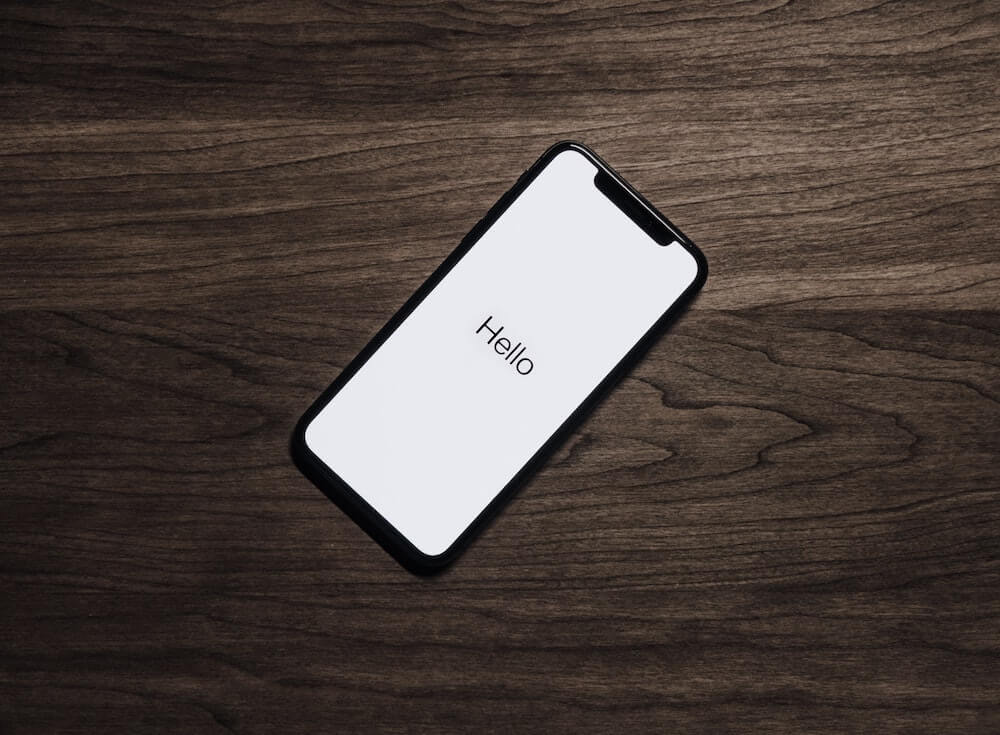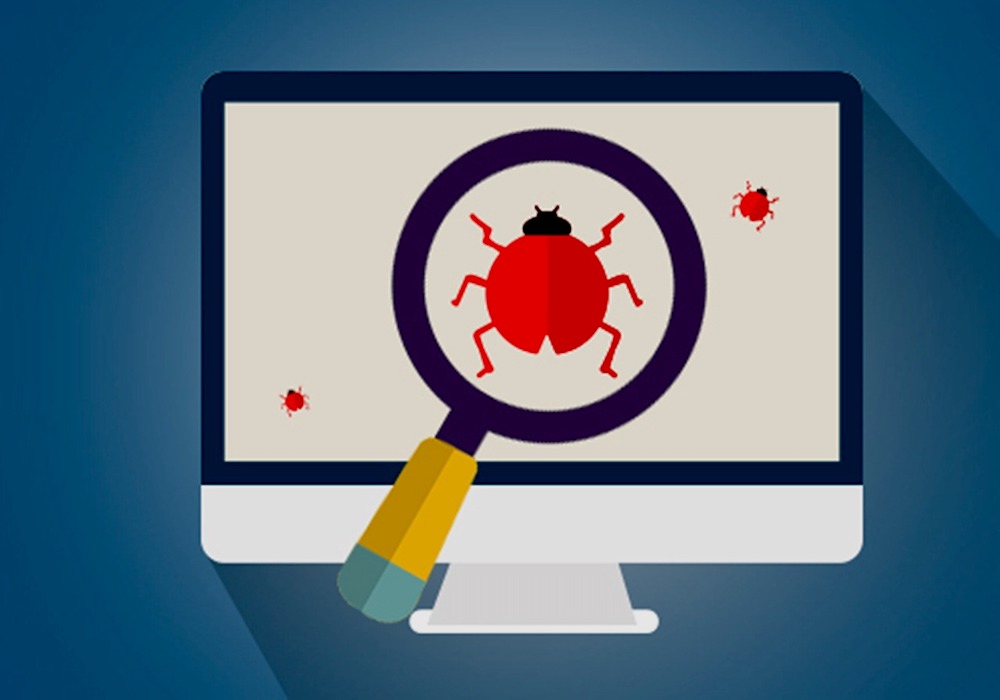· Alex · security · 7 min read
How to Remove a Hacker from My Phone?
Types of mobile hacking, steps to cleaning an infected device and how to avoid re-infection

How to Remove a Hacker from My Phone?
We all know that our mobile devices have become an essential part of our lives, right? They hold our precious memories, personal info, and even our hard-earned cash. But did you know that hackers are constantly trying to get their hands on our beloved gadgets? Yep, it’s true. That’s why securing our phones is more important than ever. In this blog post, we’re going to dive deep into the world of mobile security, focusing on how to detect and remove hackers from your phone.
Understanding Mobile Hacking
Common types of mobile hacking
Let’s take a moment to understand the different ways that hackers can make their way into our phones. Knowing these tactics will help you recognize potential threats and avoid falling victim to them. Here are some common types of mobile hacking:
- Phishing attacks: Hackers love a good old-fashioned phishing attack. They’ll send you a seemingly legit message (like an email or text) with a link or attachment that looks harmless. But once you click on it, they’ve got access to your personal info or have installed some malware on your phone. So, always be cautious with unexpected messages, especially if they’re asking you to click on a link or download something. Also, see my post on how to report a hacker.
- Malware and viruses: They can infect your phone through malicious apps, websites, or files. Once installed, they can steal your data, take control of your device, or just generally make your phone’s life miserable. Keep an eye out for anything that seems fishy, and avoid downloading apps from untrustworthy sources.
- Device exploitation through vulnerabilities: Sometimes, hackers find loopholes in a phone’s operating system or an app’s code. These vulnerabilities allow them to get in and take control of your device. There are also so called 0-click exploits that can compromise your device just by receiving a message (like the Pegasus malware does). The best way to protect yourself from this type of hacking is by keeping your phone and apps updated—developers often release patches to fix these security holes.
- Wi-Fi and Bluetooth hacking: Public Wi-Fi and Bluetooth connections can be a hacker’s playground. When you connect to an unsecured network or leave your Bluetooth on, you might be exposing your device to attackers nearby. To stay safe, avoid using public Wi-Fi without a VPN and keep your Bluetooth off when you’re not using it.
The implications of mobile hacking
Mobile hacking can have some serious consequences. Here’s what’s at stake:
- Data theft and privacy invasion: Hackers love stealing personal info. They can snatch up your contacts, messages, photos, and more. Not only is this a huge invasion of your privacy, but it can also lead to identity theft or even blackmail.
- Financial risks: Got your banking app, payment apps, or online shopping accounts on your phone? Hackers are all about that. Once they’ve accessed your device, they can drain your accounts, make unauthorized purchases, or even take out loans in your name.
- Device performance issues: When hackers infiltrate your phone, they can mess with its performance. You might notice your battery draining super quickly, your device overheating, or your apps crashing. These issues can be a total pain and might even lead to permanent damage.
- Loss of device control: In the worst-case scenario, hackers can completely take over your device. They can lock you out, use your phone to launch cyberattacks on others, or even wipe your data clean.
Signs Your Phone May Be Hacked
So, how can you tell if your phone’s been hacked?
- Unusual behavior and performance issues: If your phone starts acting like it’s possessed—think random shutdowns, apps crashing, or a super-slow performance—it could be a sign that something’s up. While it might just be a software issue, it’s worth investigating further.
- Unexpected apps and permissions: Did a random app show up on your device that you don’t remember downloading? Or maybe an app is requesting way more permissions than it should? This could indicate that a hacker is lurking in the shadows, using these apps to access your data or control your device.
- Suspicious data usage patterns: Keep an eye on your data usage. If you see a sudden spike or some unusual activity, it could be a sign that a hacker is using your phone to send data or communicate with other cybercriminals.
- Unauthorized account access: If you start getting password reset emails, login notifications, or messages from contacts saying they received weird messages from you, it could be a sign that a hacker is using your phone to access your accounts. Time to change those passwords and investigate further!
- Unfamiliar charges on your phone bill: If you notice charges on your phone bill for services you didn’t sign up for or premium-rate texts you didn’t send, it could be a sign that your phone has been compromised.
Removing a Hacker from Your Phone
Follow these steps to reclaim control of your device:
Step 1: Disconnect from the internet
- Switching to airplane mode: This will cut off your phone’s connection to the internet, stopping hackers from sending data or communicating with your device.
- Turning off Wi-Fi and Bluetooth: Make sure your Wi-Fi and Bluetooth are also off to prevent any backdoor connections.
Step 2: Identify and uninstall malicious apps
- Reviewing app permissions: Go through your apps and check the permissions they’re requesting. If something seems fishy (like a calculator asking for access to your contacts), it’s time to say goodbye.
- Scanning for malware using reputable security apps: Download a trusted security app to scan your device for malware. These apps will help you identify any malicious software and remove it.
- Uninstalling suspicious applications: Once you’ve identified any sketchy apps, uninstall them immediately.
Step 3: Update your device’s software
- Importance of updating to the latest OS version: Keeping your phone’s operating system up to date is crucial for security. Updates often include patches for known vulnerabilities, so don’t snooze on those updates!
- Updating all installed apps: While you’re at it, make sure your apps are also updated. Developers frequently release updates to fix security issues, so staying current is key.
Step 4: Change all passwords and enable two-factor authentication
- Creating strong, unique passwords: Now’s the time to change all your account passwords. Make sure to use strong, unique passwords for each account to keep hackers guessing.
- Enabling two-factor authentication for critical accounts: Add an extra layer of security by enabling two-factor authentication (2FA) on your most important accounts. This will make it harder for hackers to gain access, even if they have your password.
Step 5: Perform a factory reset (if necessary)
- Backing up important data: If you’re still worried about lingering hackers or malware, you can perform a factory reset to wipe your phone clean. But first, back up your important data, so you don’t lose everything.
- The factory reset process: Follow your device’s instructions to perform a factory reset. This will erase all data and restore your phone to its original settings, giving you a fresh start.
- Restoring data after a factory reset: Once your phone is reset, you can restore your backed-up data. Be cautious not to reintroduce any compromised files or apps.
Preventing Future Hacking Attempts
Keep your device and apps updated:
We’ve said it before, and we’ll say it again—keeping your phone and apps updated is essential for security. So, turn on automatic updates and make a habit of checking for updates regularly. Your phone will thank you!
Avoid public Wi-Fi and use a VPN:
Public Wi-Fi networks can be a hacker’s paradise. If you must connect to one, use a VPN (Virtual Private Network) to encrypt your connection and keep your data safe.
Be cautious with app downloads and permissions:
Only download apps from trusted sources, like your device’s official app store. And always review the permissions an app is requesting before you hit “Install.” If something seems off, trust your gut and move on.
Enable device security features:
Make use of your phone’s built-in security features, like biometrics (fingerprint or face recognition), encryption, and remote wipe capabilities. These features can help keep your data safe and give you peace of mind.
If you want to read more on this subject, see my post on how to stop someone from hacking your phone.
Conclusion
Remember, taking mobile security seriously is crucial in today’s digital world. Your phone holds the keys to your personal and financial life, so it’s worth investing the time and effort to keep it safe.
About the Author:
Application Security Engineer and Red-Teamer. Over 15 years of experience in Application Security, Software Engineering and Offensive Security. OSCE3 & OSCP Certified. CTF nerd.



